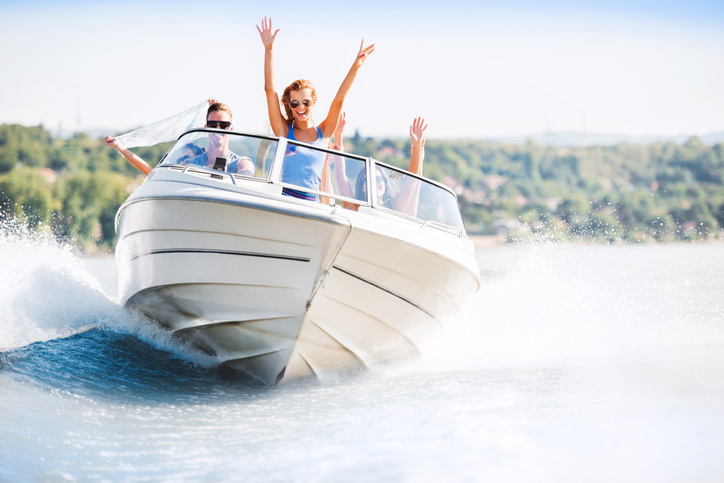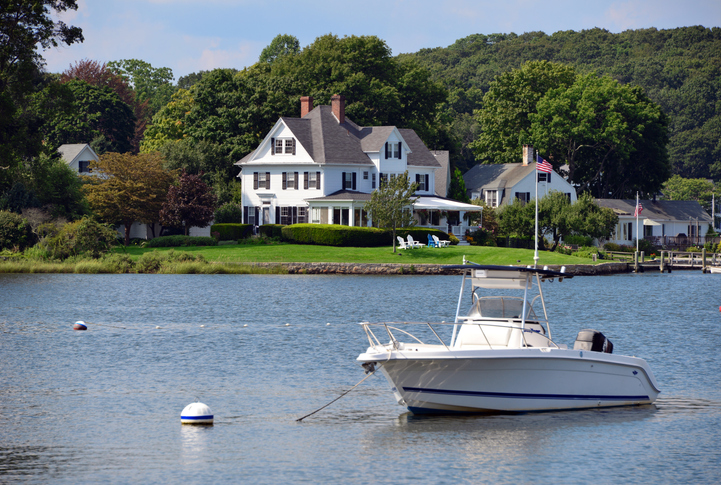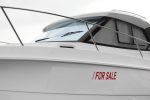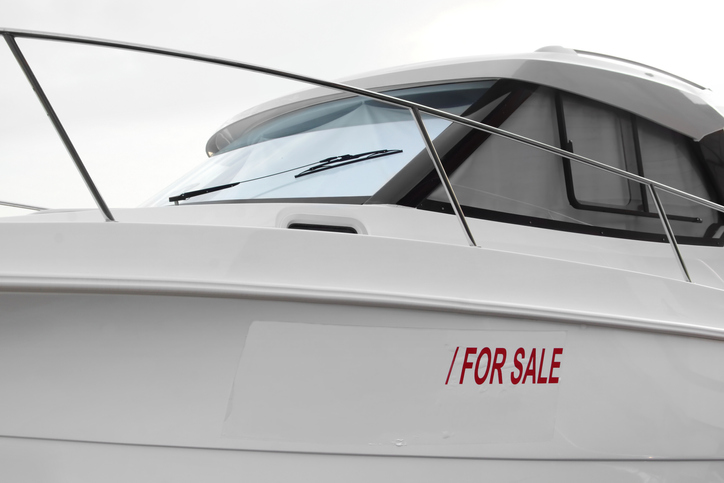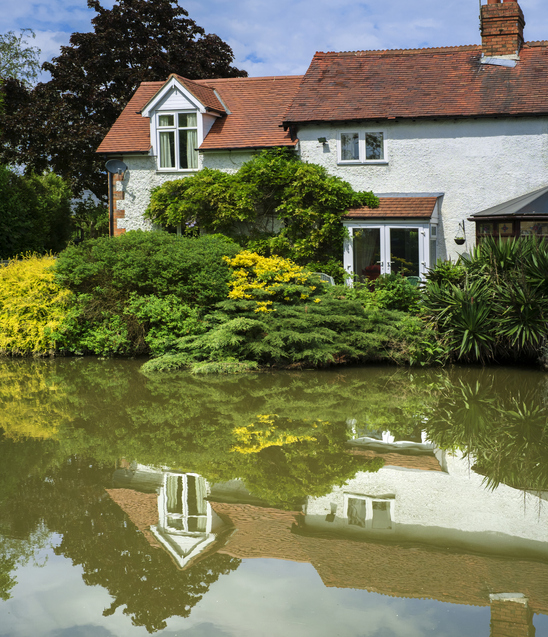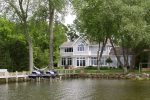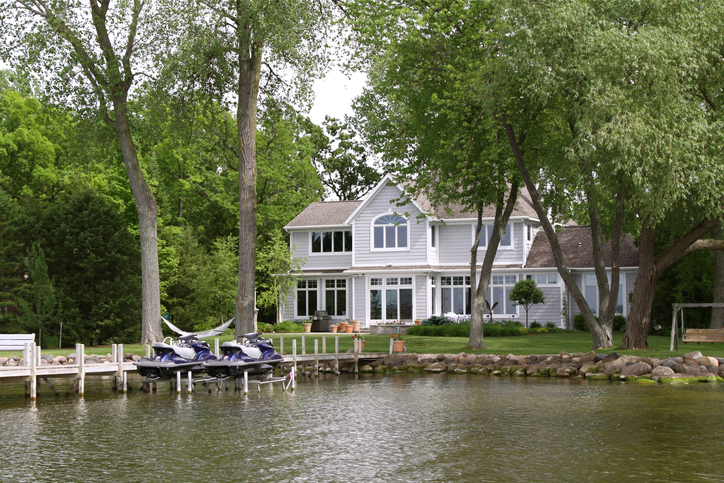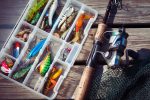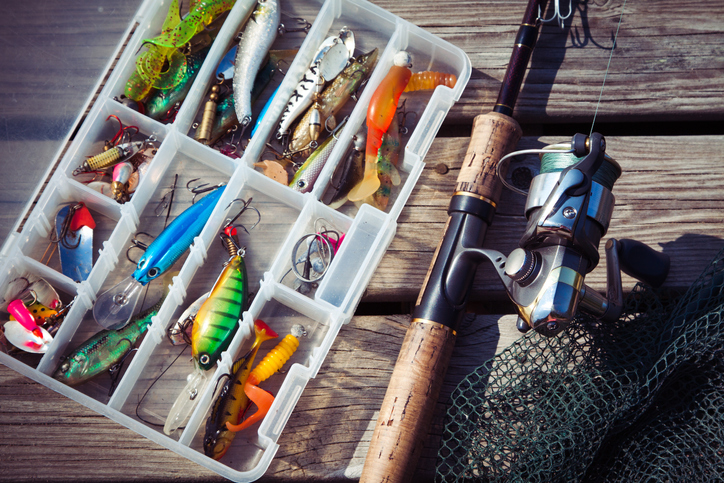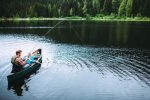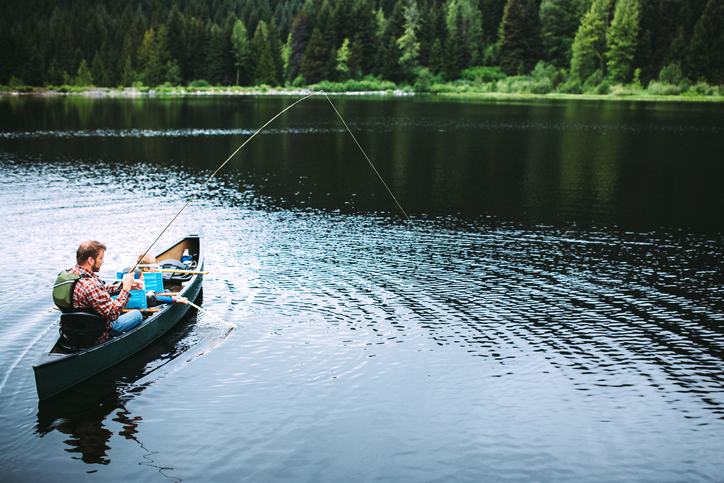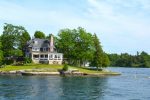How to make your home safe for older adults

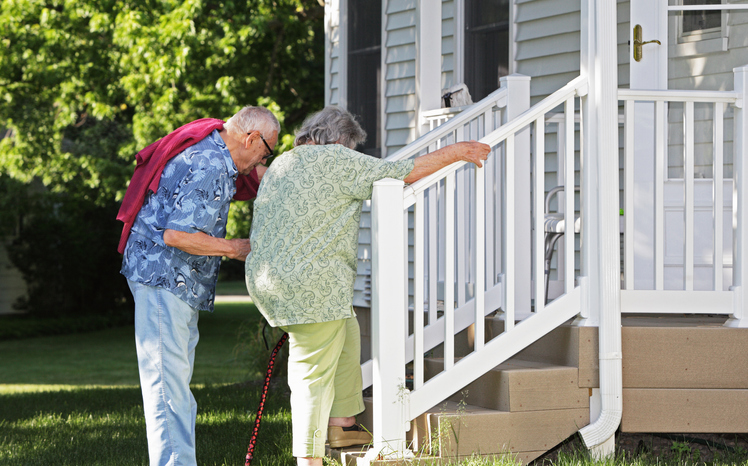
They say that wisdom comes with age, but with age also comes a lot of physical changes that make it harder for people to live the independent lives they once did. Senses can get dulled, bones aren’t as strong, and we just can’t do the same things that we used to be able to do. By taking some extra safety precautions and installing safety equipment, seniors and the caregivers that look after them can prevent these injuries and ensure that older adults live a long and healthy life. Here are some tips on how to make homes in the Smith Mountain Lake retirement village and other homes elsewhere safe for older adults.
- Stair Safety
Safety begins with the stairs. Make sure that all railings on any stairs in and around the home are secure and sturdy. Also make sure that staircases are well-lit and have a light switch at the top and bottom of the stairs. Consider installing a stair lift if the older adult in the home has increasing difficulty using stairs.
- Clear out the Carpet Clutter
Check the carpets and rugs in the house. Get rid of any loose runners or rugs. These can be slipping hazards for young and old people alike.
- Install Carbon Monoxide and Smoke Alarms
Every home should have smoke detectors. Take things to the next level by keeping fire extinguishers on each floor of the home. Place smoke detectors in every bedroom and have one in the hallway outside of sleeping areas for added security. Also keep a working and tested carbon monoxide detector with alarm in the house. Don’t forget to check the alarms on a regular basis to ensure they are still working properly.
- Tidy Away Cords and Wires
Cords are another serious tripping hazards in the home. Have cordless phones and make sure there are no electrical cords lying around in high-traffic areas of the home.
- Have Emergency Phone Numbers to Hand
Put together a list of the most important emergency numbers and numbers for family contacts. Place these lists by the telephones in the house so they are always available when needed.
- Reduce Water Temperatures
Scalding and accidental burns are common problems. Reduce the risk by turning the thermostat down a little. Put the thermostat at 120F or lower to reduce the risk of scalding.
- Improve Bedroom Safety
Keep the bedroom safe by putting a flashlight, lamp and a phone within reaching distance of every bed in the home. That way you’ll always have access to light and a phone in case of emergency.
- Prevent Slips in the Bathroom
Things such as grab bars can drastically improve bathroom safety. Install bars by the shower, bathtub and toilet. Use nonslip mats in the bathroom and shower benches to add another layer of safety in the bathroom.
- Light Up the House
Make sure each light fixture in the home has a new bulb installed for maximum light levels. Use remote switches and night lights to further boost light availability. Consider installing clappers to boost accessibility too. The less time an elderly person – or their carer – spends in the dark the better.
- Get a Medical Alert System
Having a medical alert system installed gives you the opportunity to call the emergency services at the push of a button. This could make all the difference in the event of a trip or fall.
There are many things that can be done to make life easier and safer for people in the Smith Mountain Lake retirement village. These tools and appliances improve safety while preserving independence for elderly people. Consider installing the right safety equipment to keep your elderly relatives safe.
Let me help you find a home that matches your requirements. Give me a call today at 540.493.1690 or email me at Jane(at)JaneAtTheLake(dotted)com.




